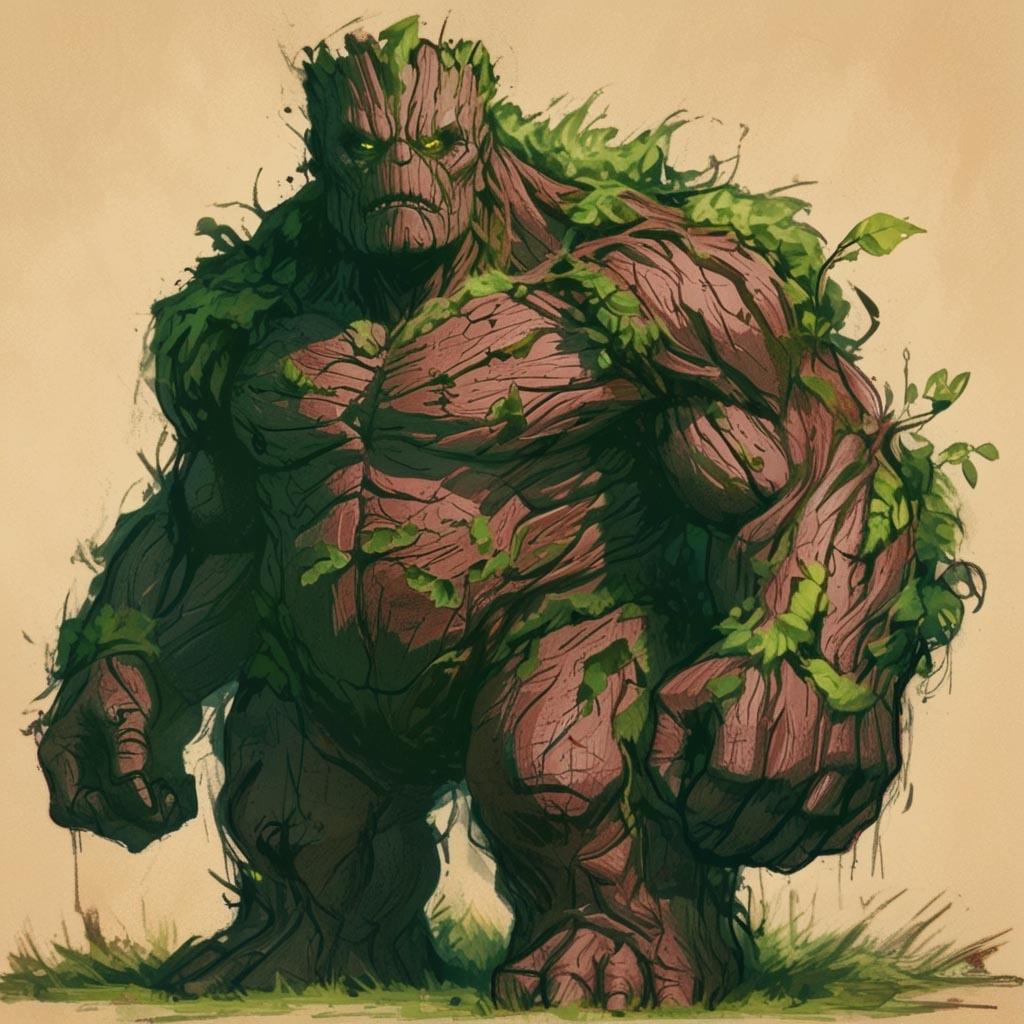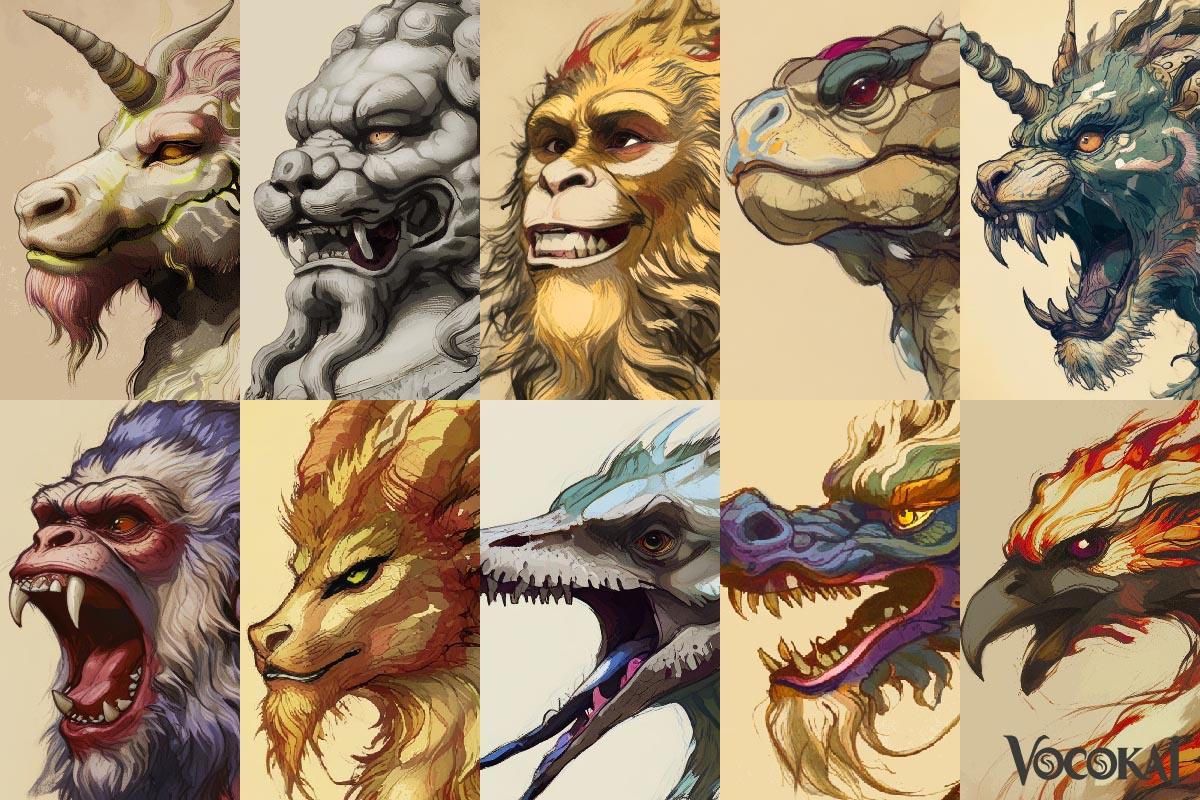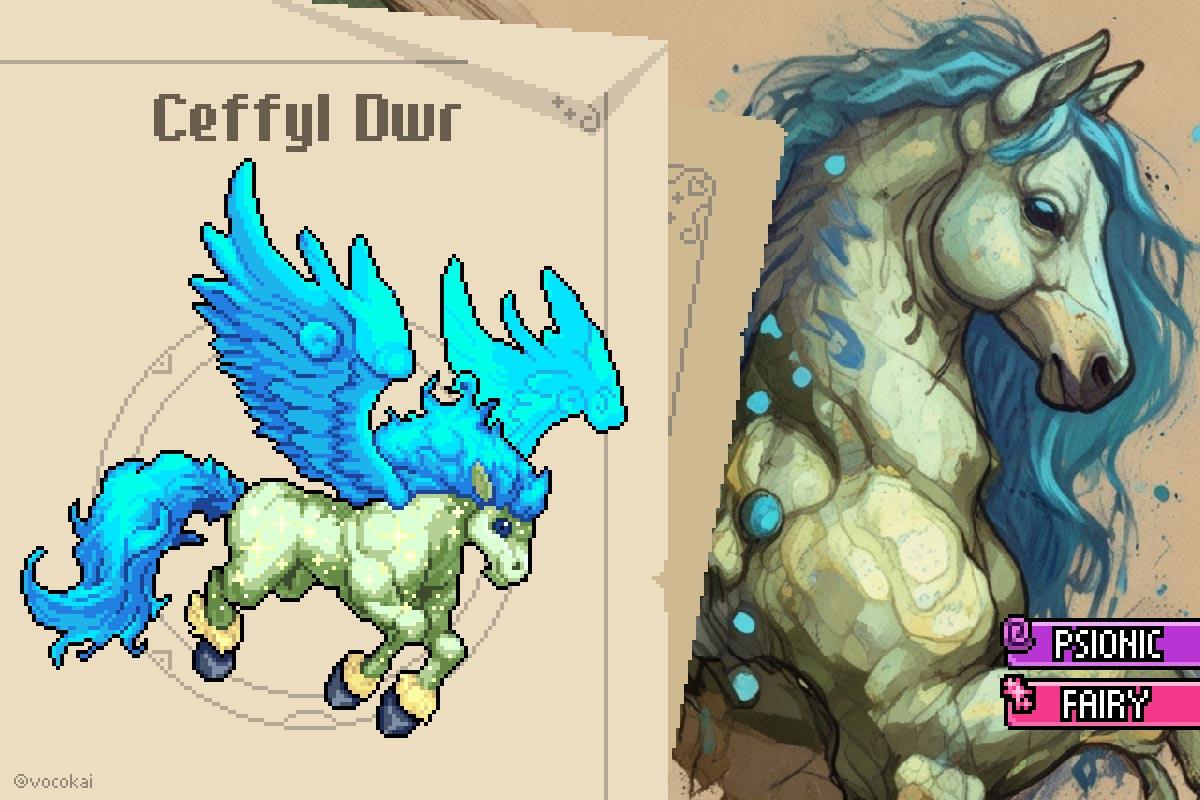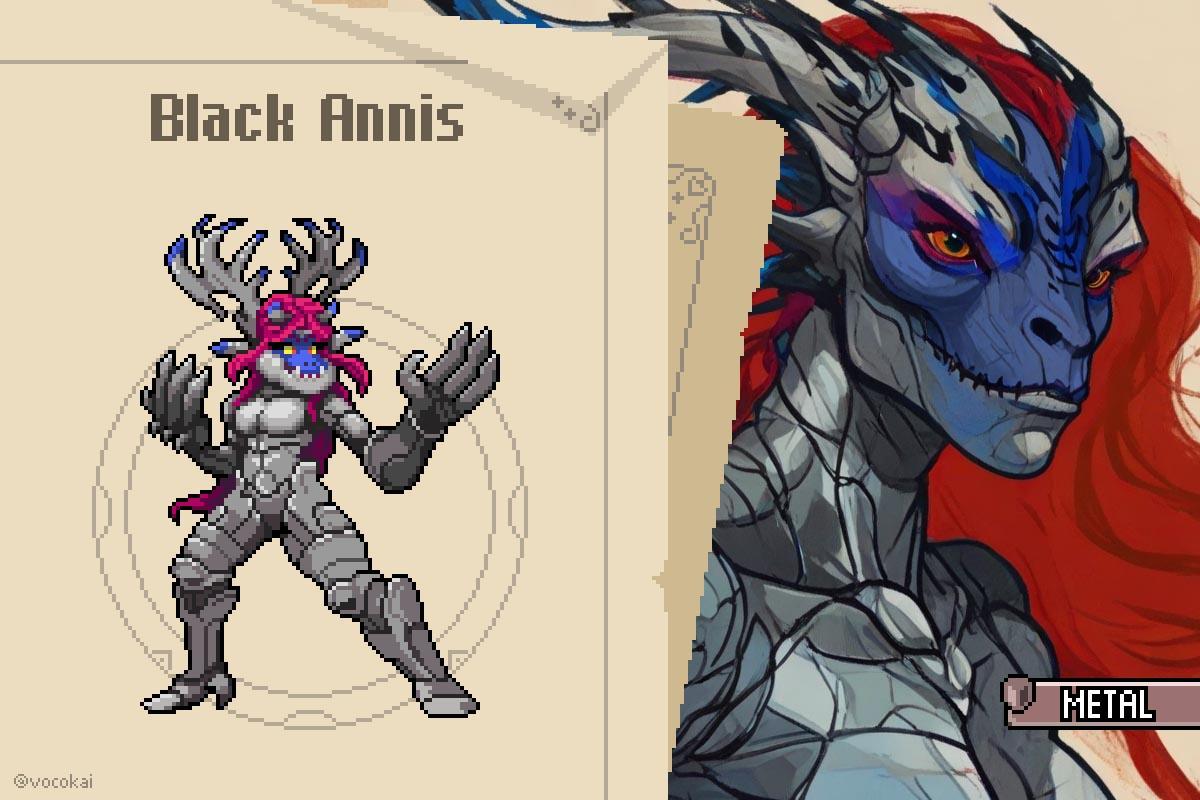Introduction: Green Man
The Green Man, an ancient and iconic figure of folklore, is often seen as the personification of nature and a symbol of life, renewal, and rebirth. Depicted as a face surrounded by or made of leaves and vegetation, the Green Man is a familiar motif found across Europe, often carved into churches and buildings as a reminder of the enduring connection between humanity and the natural world.
The Origin and Cultural Variations
The origins of the Green Man are shrouded in mystery, but his likeness has been discovered in ancient cultures dating back to pre-Christian times. The image of a man merging with foliage, vines, or branches is thought to symbolize the balance between humans and the earth, and it appears in many forms across different regions and religions.

Historical Significance: Green Man
The Green Man holds profound historical significance, serving as a symbol of humanity’s ancient relationship with nature. Originating in pre-Christian times, the Green Man is believed to represent the cycle of life, death, and rebirth, often associated with fertility, growth, and the changing seasons. His likeness, usually depicted as a face surrounded by leaves or sprouting foliage, has been found in various cultures across Europe, from Celtic carvings to medieval architecture.
Cultural Variations: Green Man
The Green Man, while widely recognized in European folklore, has cultural variations that appear in different mythologies around the world. In Celtic tradition, the Green Man is closely associated with the cycles of nature, particularly as a symbol of rebirth and renewal tied to the seasons. In this context, he often represents the spirit of the forests, akin to other Celtic nature deities like Cernunnos, the horned god of the wild.


Modern Interpretations: Green Man
In modern culture, the Green Man continues to be a powerful symbol of nature, rebirth, and the environmental movement. While his ancient origins are rooted in folklore, today the Green Man has been reinterpreted through contemporary lenses, appearing in a wide range of artistic, literary, and environmental contexts.
Shaping Childhood Fear Across Cultures: Green Man
The Green Man, like many mythical figures tied to nature, has also influenced childhood fears and behaviors, particularly through his association with the untamed forces of the natural world. While the Green Man is often viewed as a symbol of life and renewal, his wild, enigmatic appearance has also been used to teach children about the unpredictability and power of nature. In various European cultures, parents would tell stories of the Green Man, or similar woodland spirits, to caution children about wandering too far into the forests or straying from well-trodden paths.


Appearance
The appearance of the Green Man is one of the most distinctive and symbolic aspects of this ancient figure, embodying the deep connection between humanity and nature. Traditionally depicted as a human face surrounded by or made entirely of leaves, branches, and vines, the Green Man’s form represents the life force of the natural world and its constant cycle of growth, decay, and renewal. Here are the key characteristics of the Green Man’s iconic appearance:
- Leafy Face
- Woodland Camouflage
- Vines and Branches
- Ancient Expression
- Leafy Face:The Green Man’s most defining feature is his face, which is often either composed of or surrounded by lush green foliage. Leaves sprout from his mouth, nose, or eyes, symbolizing the merging of man and nature. The leaves, typically oak, ivy, or hawthorn, represent growth and the changing seasons, reinforcing the Green Man’s role as a symbol of life and renewal.
- Woodland Camouflage:Sometimes, the Green Man’s entire body is depicted as a fusion of human and plant elements, with his form blending seamlessly into the surrounding trees and vegetation. This integration into the woodland environment highlights his role as a guardian of the forest and a symbol of nature’s resilience and power.
- Vines and Branches:In many depictions, vines and branches weave through the Green Man’s features, giving him a wild and untamed appearance. These organic elements emphasize his connection to the cyclical patterns of nature, representing fertility and the interconnectedness of all living things.
- Ancient Expression:Despite his verdant appearance, the Green Man often bears an expression of timeless wisdom or solemnity. His visage reflects the ancient, enduring forces of nature, suggesting a deep understanding of the earth’s mysteries and the eternal cycle of life and death.

Behavior
The Green Man, a figure deeply tied to the forces of nature, exhibits behaviors that reflect his role as both a nurturing and watchful guardian of the natural world. Although the Green Man is not traditionally depicted as an active participant in myths, his presence embodies the cyclical, self-sustaining behaviors of the earth. Here are key aspects of his symbolic “behavior”:
The Influence of the Green Man
The influence of the Green Man is widespread, transcending folklore to become a potent cultural and environmental symbol. He appears in art, architecture, and literature, particularly in Europe, where his face is often carved into the stonework of churches and public buildings, reflecting the interconnectedness of nature and spirituality. In modern times, the Green Man has also become an icon for environmental movements, representing sustainability, eco-consciousness, and humanity’s responsibility to protect the planet.

While not a national symbol like Wales’ Red Dragon, the Green Man’s influence is felt across different regions and cultures, where he inspires a deep respect for nature and the cycles of life that sustain it. His presence continues to resonate in communities that value ecological balance, offering a timeless reminder of the delicate harmony between humanity and the earth.

















